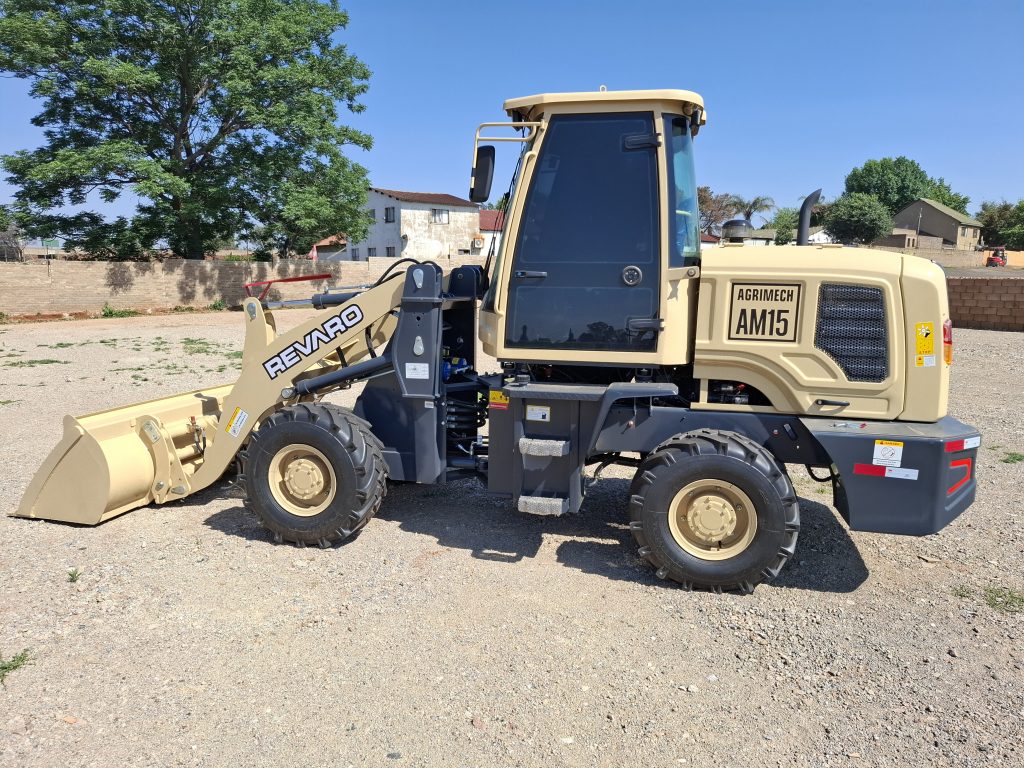Maintaining heavy equipment is crucial for ensuring its longevity, reliability, and efficiency. Whether you’re in construction, agriculture, or any other industry that relies on these powerful machines, proper care can save you time, money, and headaches. Here’s a comprehensive guide to keeping your heavy equipment in peak condition.
A well-planned maintenance schedule is the backbone of equipment reliability. Following a manufacturer-recommended schedule helps prevent unexpected breakdowns and extends the lifespan of your machinery. Regular maintenance tasks include:
Proactively scheduling maintenance reduces downtime and keeps your equipment ready for action when you need it most.

Certain parts of your equipment require more attention due to their critical roles in operation. These include:
Frequent inspections ensure small issues don’t escalate into costly repairs.
Lubrication is a simple yet critical aspect of equipment maintenance. Proper lubrication:
Follow the manufacturer’s guidelines for selecting the right lubricant and application intervals. Over-lubricating can be just as damaging as neglecting lubrication, so strike the right balance.
Proper storage during off-seasons or downtime is vital to prevent unnecessary damage. Consider these tips:
Correct storage practices ensure your equipment remains ready to perform when needed.

Recognising early warning signs of equipment failure can save you from expensive repairs and operational downtime. Watch for:
Addressing these issues promptly can prevent minor problems from escalating into major breakdowns.
Maintaining heavy equipment is an investment in your business’s success. By following regular maintenance schedules, inspecting critical components, ensuring proper lubrication, storing equipment correctly, and addressing early warning signs, you can maximise your equipment’s efficiency and lifespan.
A well-maintained machine isn’t just reliable—it’s also safer and more cost-effective, giving you peace of mind and better returns on your investment. Start implementing these practices today to keep your heavy equipment running smoothly for years to come.